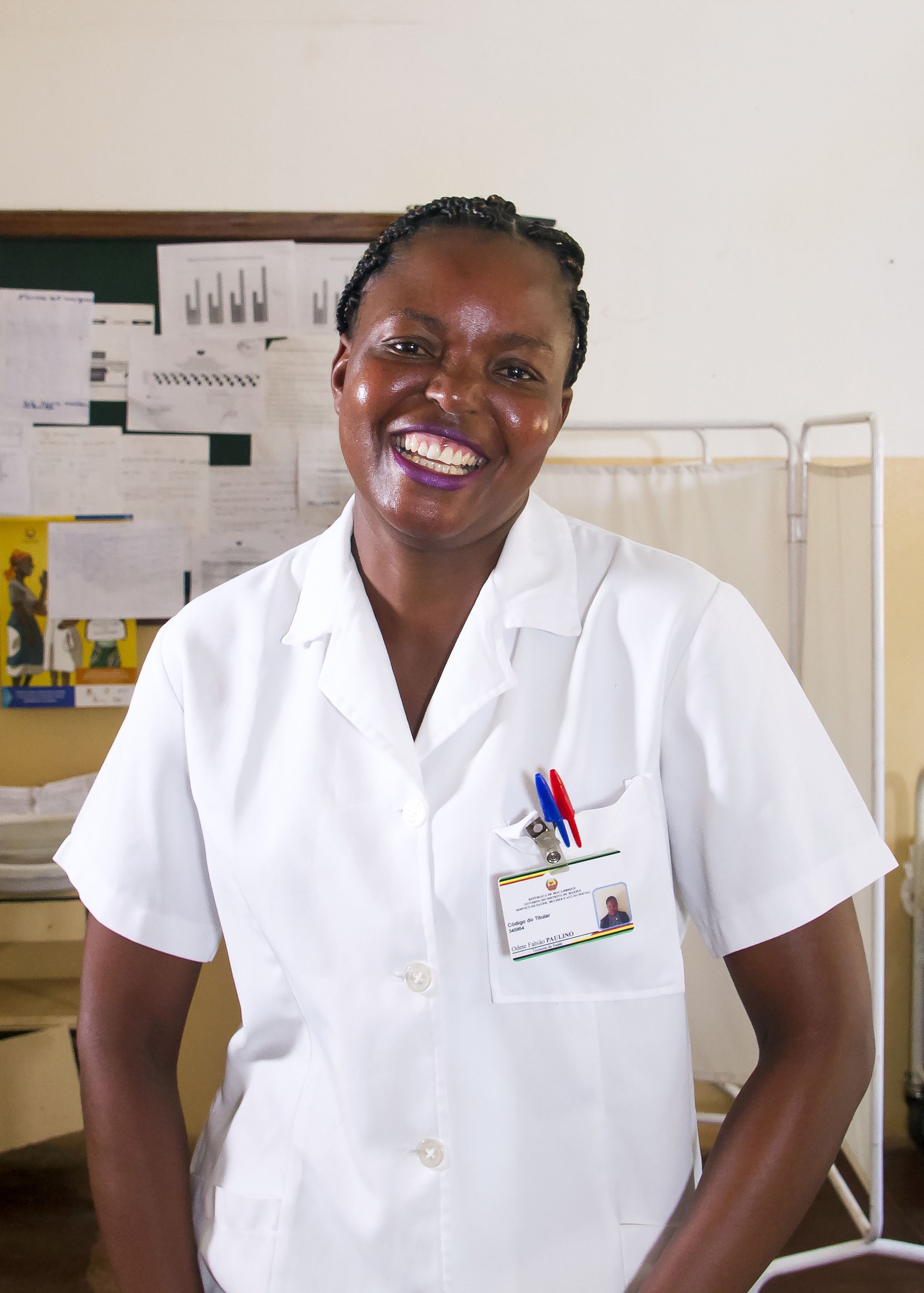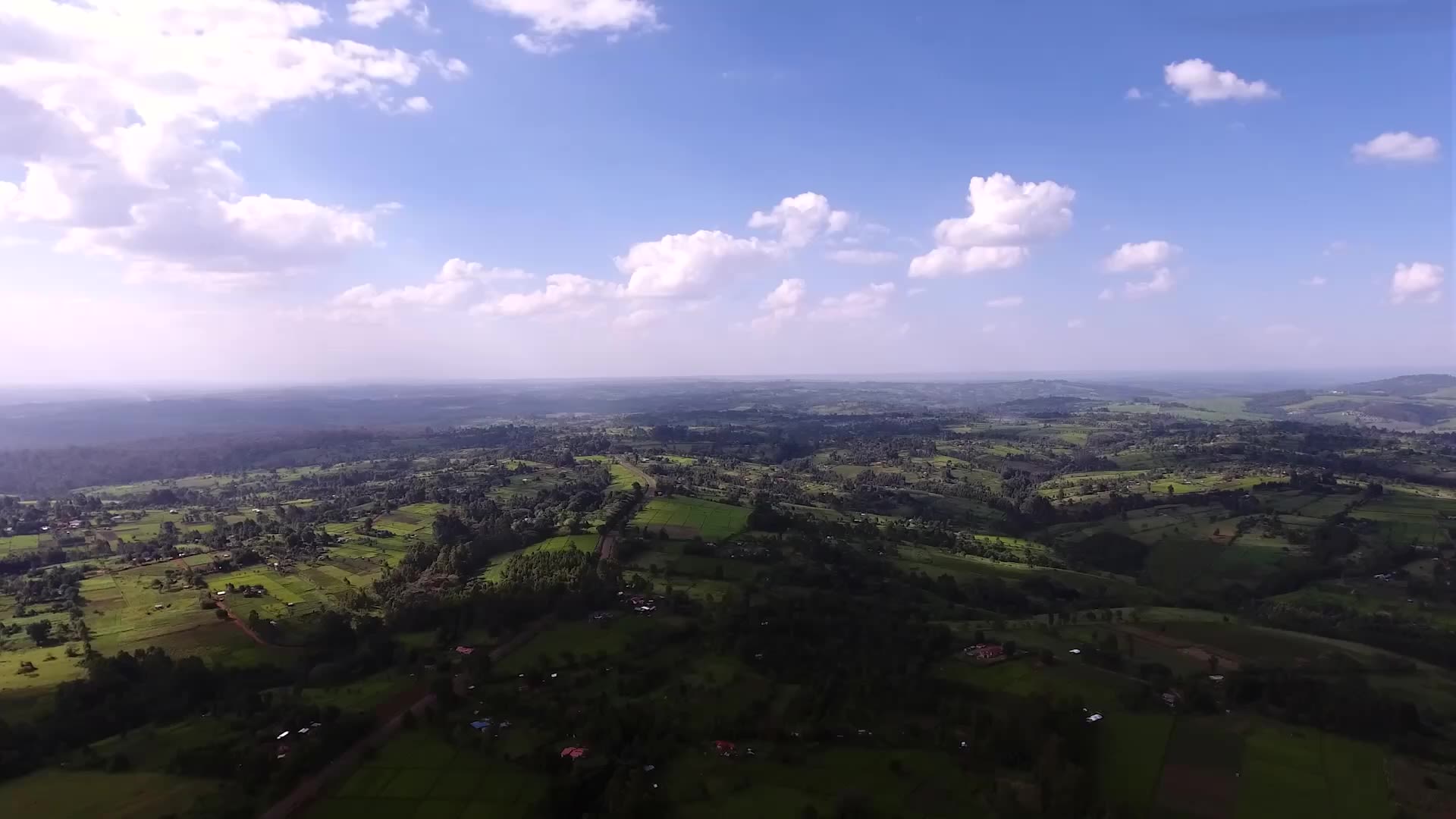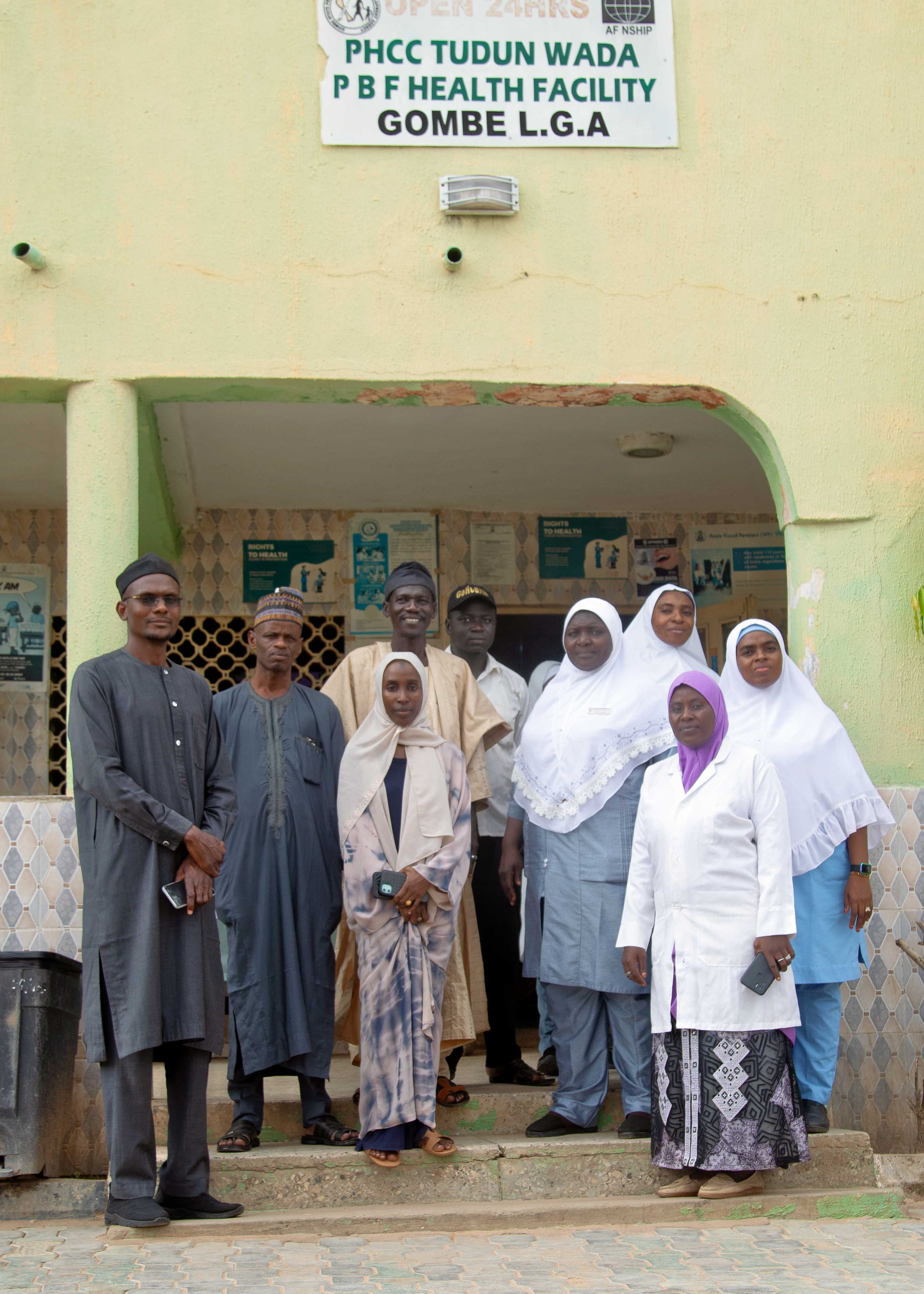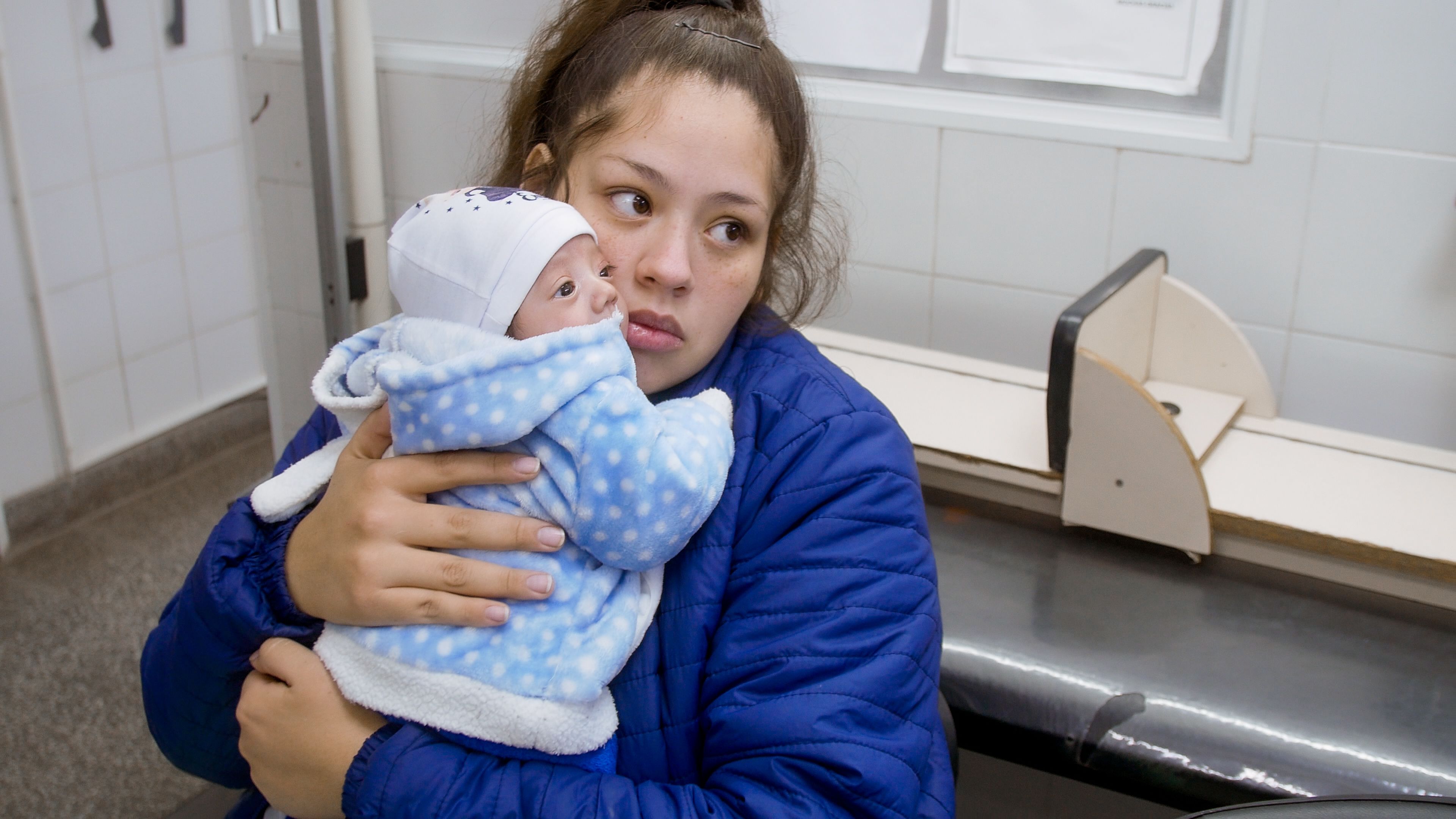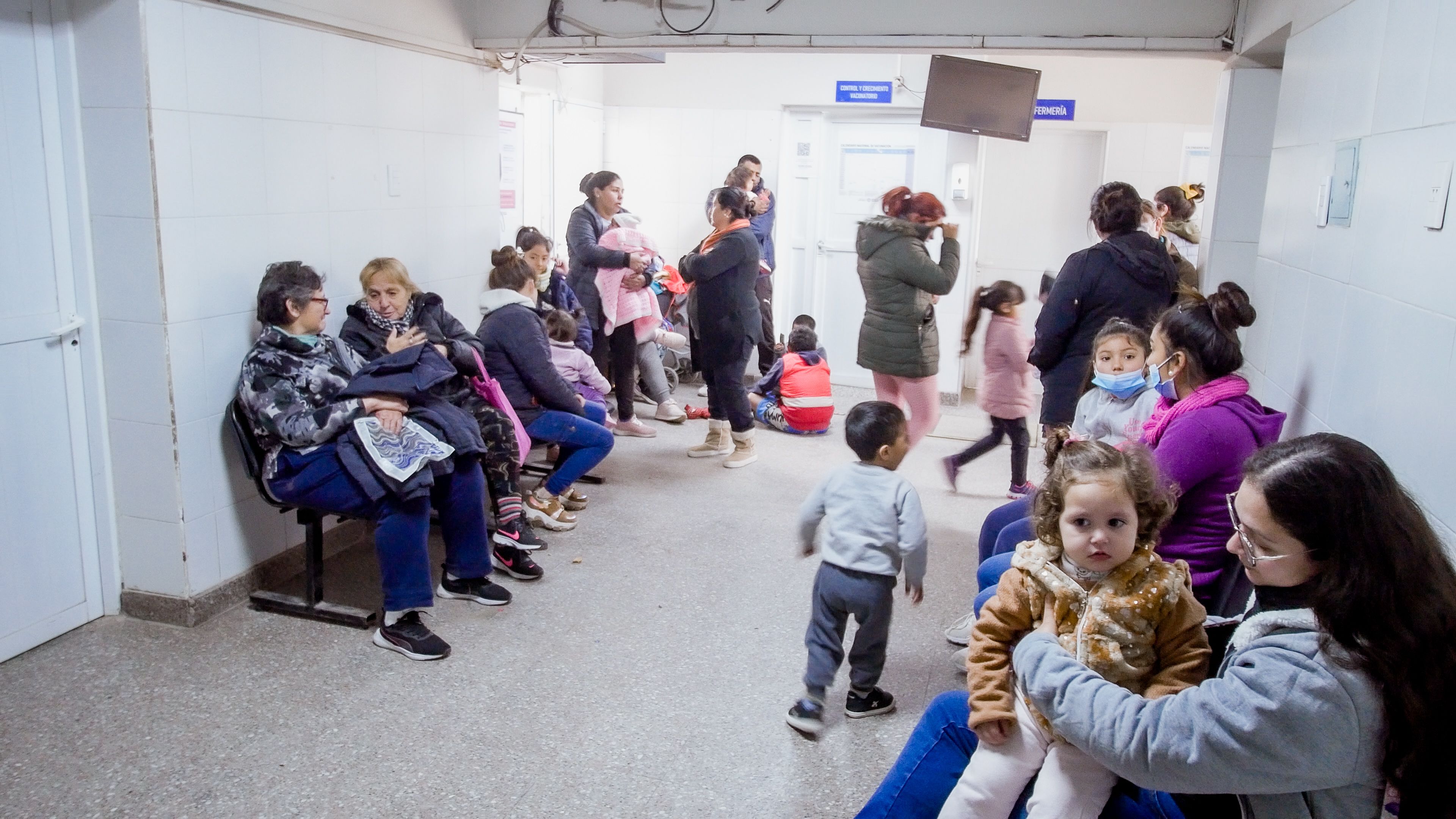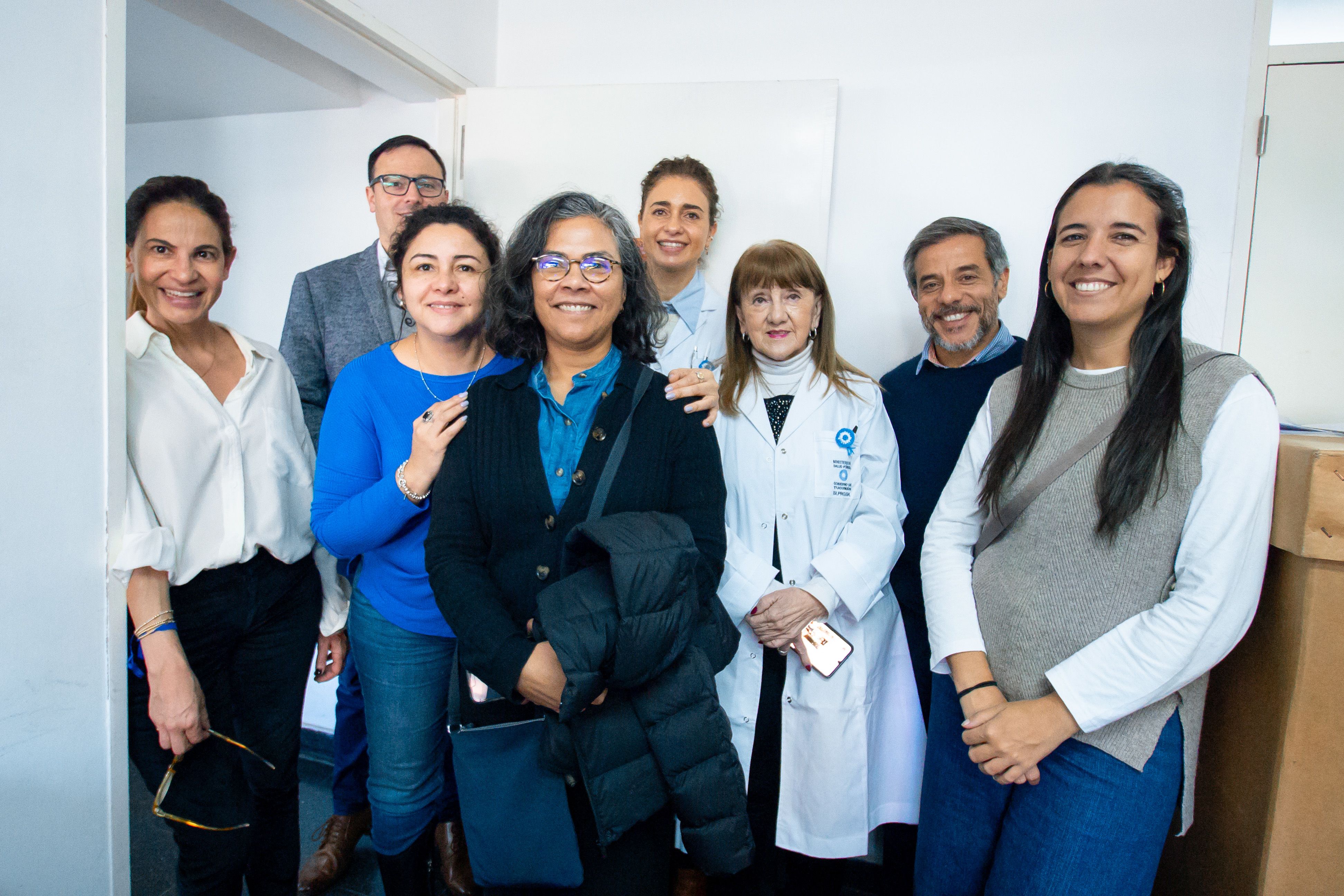Investing in Health
is Key to Job Creation and Economic Growth
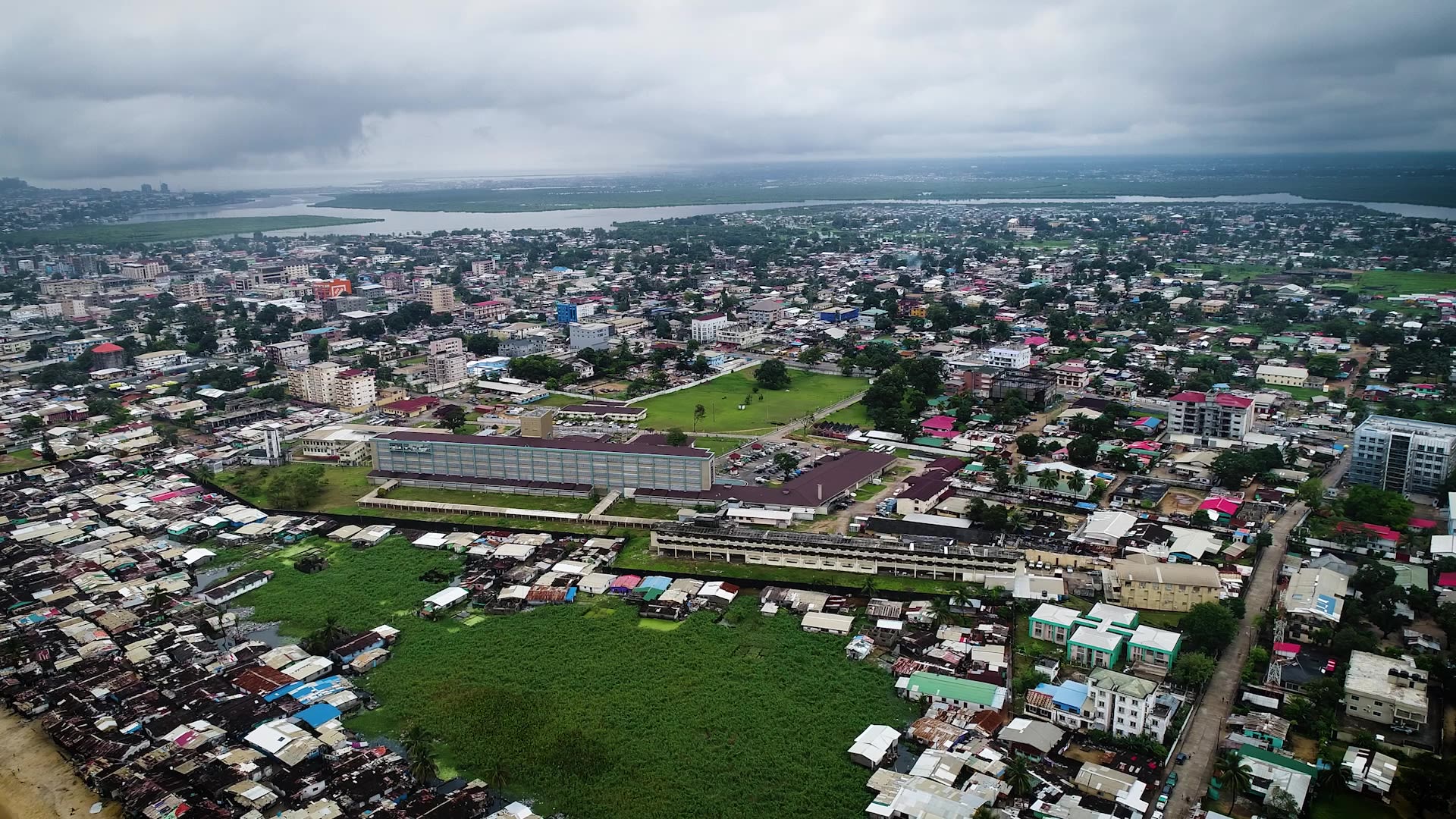
Ensuring that every person has access to health care is fundamental to ending poverty, increasing productivity, and building robust economies.
With strong health systems in place, infants survive and grow up to thrive, girls and boys have the chance to develop skills and find good jobs, and parents can keep working and live well into old age in communities that support healthy aging.
The Health Sector is Key to Job Creation
The health sector is also a major contributor to employment, with healthcare jobs comprising up to 20 percent of total employment in high-income countries, yet only around five to six percent in sub-Saharan Africa and South Asia.
The health sector offers steady employment and upskilling opportunities, especially for women who represent more than 70% of the health workforce, but hold only 25% of senior roles.
Investing in health also creates indirect job opportunities in pharmaceuticals, biotechnology, medical technology, digital health, and support services.
To realize this potential, we are helping countries scale up essential nutrition services, integrate nutrition into health systems and across other sectors, and leverage financing through public and private solutions.
For instance, in Nigeria, a World Bank-supported project has provided more than 13 million women, adolescent girls, and children with quality, cost-effective nutrition services over the past five years.
“My journey from a mother facing uncertainty to a midwife dedicated to improving maternal and child health in my community has been both challenging and deeply rewarding. I am proud to be on the frontlines of this fight to crash maternal mortality in Nigeria.”
As a significant economic driver—generating jobs and fostering inclusive growth—the health care sector requires adequate investment to yield high returns in productivity and important health outcomes.
Staff at Tudun Wada PHC in Gombe state, Nigeria. Photo: Ikechukwu Okeagu/World Bank
Staff at Tudun Wada PHC in Gombe state, Nigeria. Photo: Ikechukwu Okeagu/World Bank
Portrait of Fauzziya Abubakar Abare. Photo: Ikechukwu Okeagu/World Bank
Portrait of Fauzziya Abubakar Abare. Photo: Ikechukwu Okeagu/World Bank
Yet, global megatrends are significantly impacting access to quality, affordable health services for all.
- Health systems worldwide are facing unprecedented pressure. Despite rising health needs, investments and development aid for health are declining.
- Pandemic risk is rising, anti-microbial resistance is spreading, and chronic disease is increasing.
- Climate change and fragility are multiplying risks to health and well-being.
- And populations are aging.
These are putting enormous stress on health systems around the world.
Today, nearly half of the world population doesn’t have access to essential health services, and more than 2 billion people face severe financial hardship because they are paying out-of-pocket for medical expenses.
The World Bank Group is driving solutions to build stronger, more equitable health systems. Through financing, knowledge sharing, and partnerships we are committed to strengthening health systems and advancing health sector job creation.
The Bank is supporting countries across the world to provide affordable, quality health services to 1.5 billion people by 2030, a milestone that will drive economic development globally.
In Mali, many people, especially in remote areas, struggle to access healthcare due to high costs and long distances. A survey showed that over half of the population could not afford medical care, with even higher rates among the poorest. This made it difficult for vulnerable groups to get the health services they needed.
In partnership with the Global Financing Facility and the Netherlands, the World Bank helped to make healthcare more affordable and accessible. Health centers received funds based on their performance which helped improve the quality of care, recruit more staff, and provide better equipment.
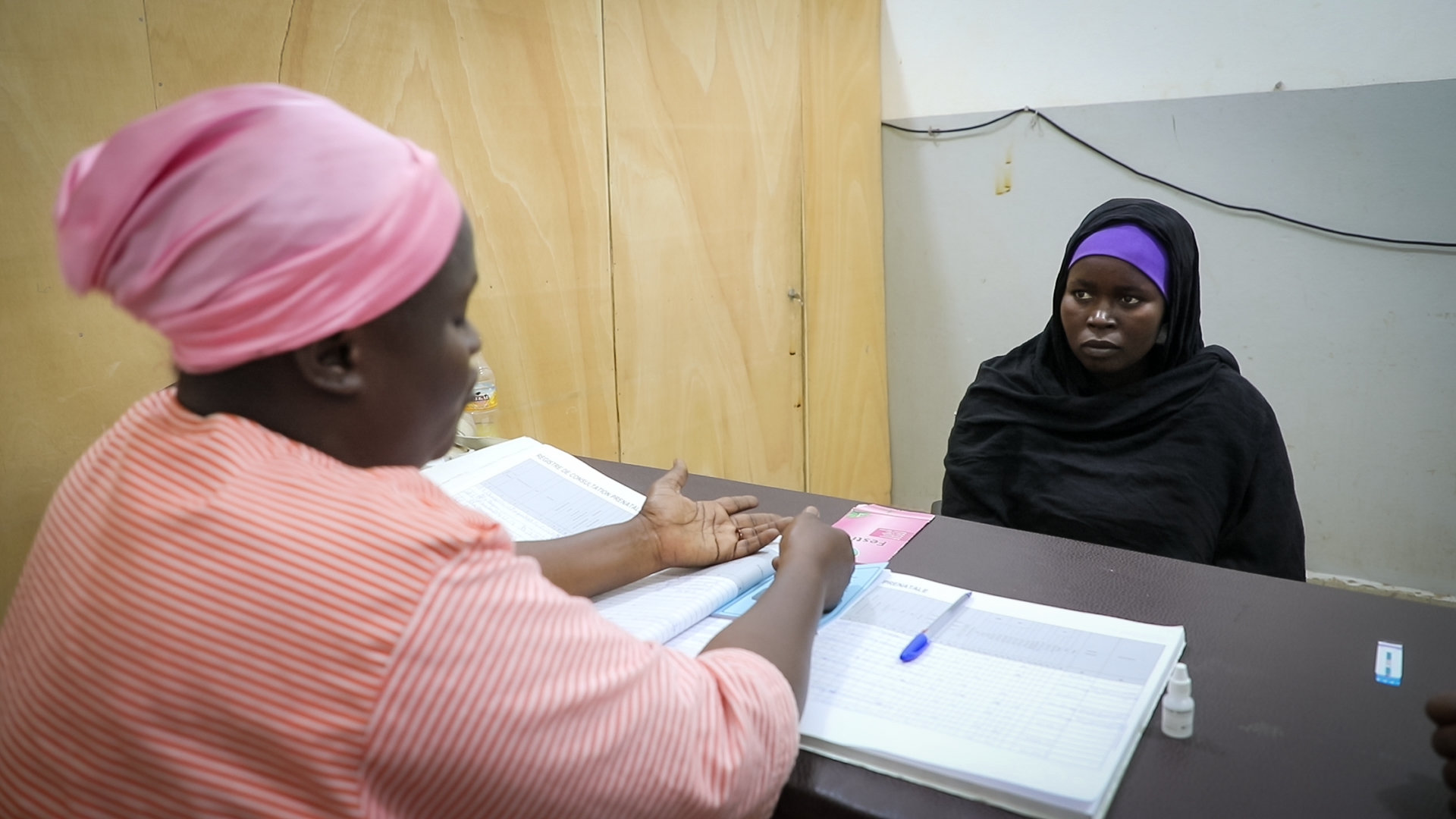

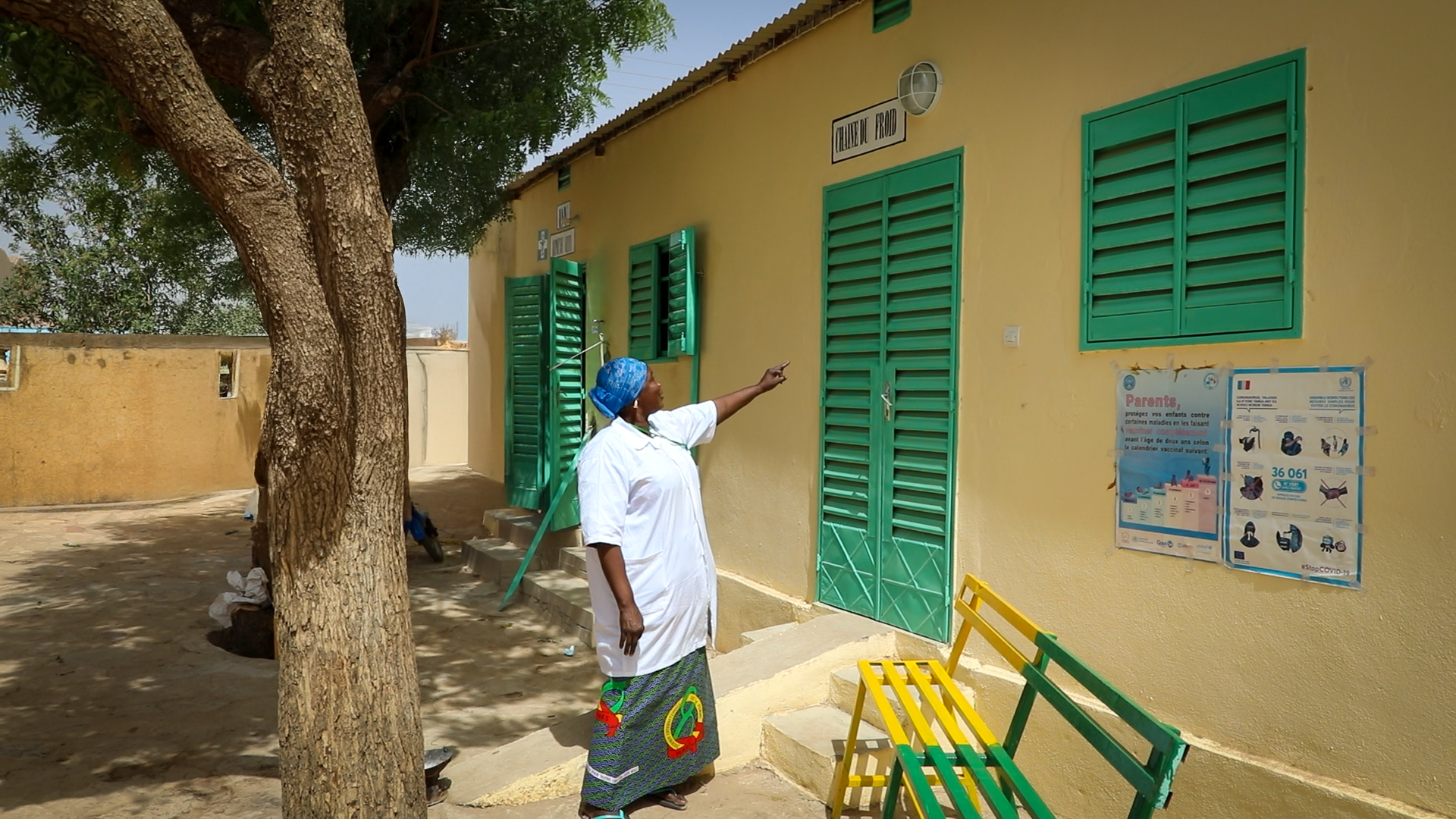
As a result, healthcare services improved significantly. Using a comprehensive checklist of both structural indicators (e.g. staff and equipment availability) and process indicators (e.g. adherence to professional practices of health personnel) the quality of care rose from 37% to 81%. And essential drugs were available in 87% of health facilities.
The program also helped create jobs by recruiting 337 local health workers and training 80 senior officials.
More than 2,200 health centers now use the results-based financing model, where development funding is linked to pre-agreed and verified results. This is leading to ensuring better quality care is reaching more people. Patient satisfaction is now at 88%, far exceeding the project target.
How Health Investments Can Transform Lives & Communities

Indonesia, with a population of 270 million, has faced challenges in improving health and nutrition, particularly on stunting and on accessing healthcare in remote areas.
“The midwife told me that my son is stunted, and his height falls below the expected range for his age. When I first heard this, I was shocked. It didn’t make sense - I gave him milk all the time.”
To address these challenges, Indonesia has focused on strengthening its health system and multisectoral nutrition programs. The government launched the Health System Transformation Agenda in 2022 to improve primary care, health resilience, and digital health, among other priorities. The strategy for stunting reduction aims to reduce stunting by focusing on government leadership and accountability, while implementing nutrition interventions nationwide.
- A key partner in these health and nutrition efforts, the World Bank has provided over $5 billion in financing for health and nutrition since 2018, complemented by an additional $ 3.7 billion in partner co-financing.
- With World Bank support, Indonesia has undertaken important health reforms which expanded health insurance enrolment to 98% of the population by 2024.
- One particular program has helped reduce stunting in children by nearly 10 percentage points in five years by training community volunteers to aid in community level nutrition and health services.
Through other initiatives, the World Bank is also addressing healthcare disparities in Eastern Indonesia, improving the quality of services at community health centers. These programs not only improve health outcomes but also create jobs by training health workers and volunteers, boosting local economies and contributing to Indonesia's long-term development goals.
The Indonesia Health Systems Strengthening Project, is also a leading example of the World Bank’s collaboration with the Asian Infrastructure Investment Bank, the Asian Development Bank and the Islamic Development Bank to enhance scale and impact.
In 2001, Argentina faced soaring unemployment, rising poverty rates, and deteriorating public health systems with an alarming rise in infant mortality rates. The Argentine government and the World Bank partnered to implement Plan Nacer, a results-based financing program to improve access to health care for pregnant women and children in the public system. Through innovative financing and strategic partnerships between national and provincial governments, the program ensured that at-risk groups received necessary health interventions and contributed to a sharp reduction in maternal and infant mortality rates.
- In 2004, Plan Nacer was launched in nine provinces with high infant and maternal mortality rates.
- Thanks to the success of the initiative, in 2007 the program was expanded nationwide.
- The program is now firmly established as a national health policy.
The program has had substantial economic benefits. By focusing on preventative care and early intervention, it lowered the incidence of costly, preventable diseases, creating savings for the public healthcare system. And in addition to enhancing the wellbeing of Argentina's most vulnerable through better health outcomes it created job opportunities within the healthcare system.
Our aim is to build on these successes. But we know we cannot achieve this alone. Success hinges on forging strong partnerships to achieve better health outcomes and a more prosperous future for all. We’re starting with a strong foundation.
We launched the Health Systems Transformation and Resilience Fund with many partners, to ensure we have expanded support, buy-in, and co-financing to help us achieve our ambition together. And we will continue to leverage World Bank-hosted partnerships to crowd in even more financing.
The Pandemic Fund, a multilateral financing mechanism, is dedicated to strengthening pandemic prevention, preparedness, and response capacities and capabilities of low- and middle-income countries. It's doing this through investments and technical support at the national, regional, and global levels.
And the Global Financing Facility (GFF), a multi-stakeholder partnership hosted at the World Bank has been supporting countries with the world’s highest maternal and child mortality burden and financial needs. Since the GFF was founded in 2015, partner countries have made significant progress to improve maternal and child health.
Progress toward universal health coverage requires a strong private health sector to fill gaps in available services and improve access to the medical technologies and innovation that bring better care to more people and help address the burden of noncommunicable diseases.
IFC, the Bank’s private sector arm, is accelerating private capital mobilization in developing countries to strengthen the local production of critical health supplies, such as vaccines and medical devices, support the manufacture and distribution of pharmaceuticals, and expand availability of health services delivery.
IFC also partners with governments for public private partnerships that help the public health sector leverage private sector capabilities for service delivery, complementing and expanding capacity to help countries move closer to their public health goals.
In Africa, for example, the IFC is expanding access to agricultural insurance for millions of smallholder farmers, helping them manage the risks to crops from extreme weather, pests, and diseases. Innovations like these support food security and sustainable business practices.
With investments in healthier populations and health systems, communities can benefit and thrive, and countries can unlock cost savings and economic productivity in ways unimaginable before.
This is why we are committed to focusing on health as an enabler for our development and poverty alleviation work, together.
“The impact was profound. Resources flowed steadily to primary health care centers, allowing them to hire more community health workers and procure essential medicines, including free antenatal medications for pregnant women.”

